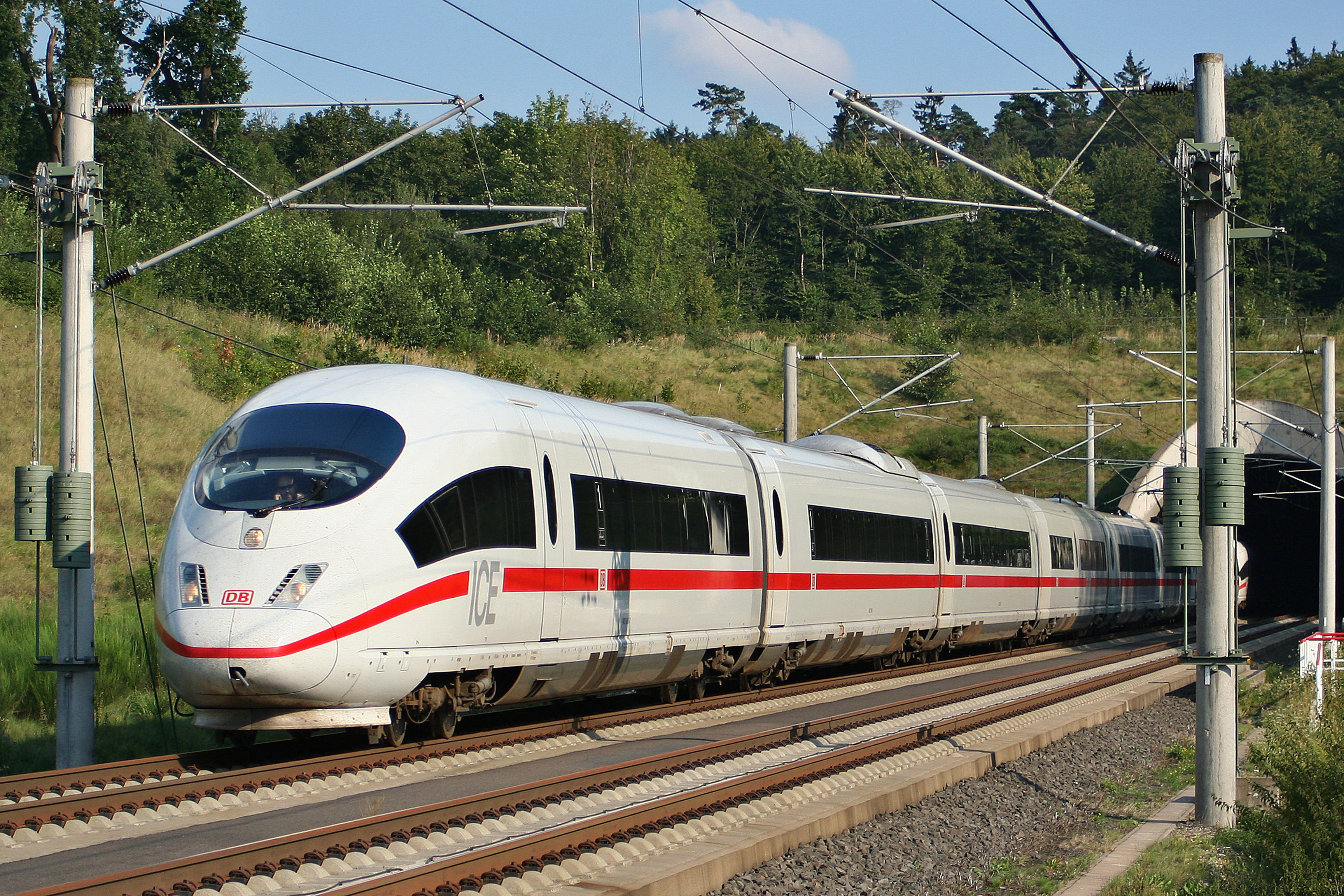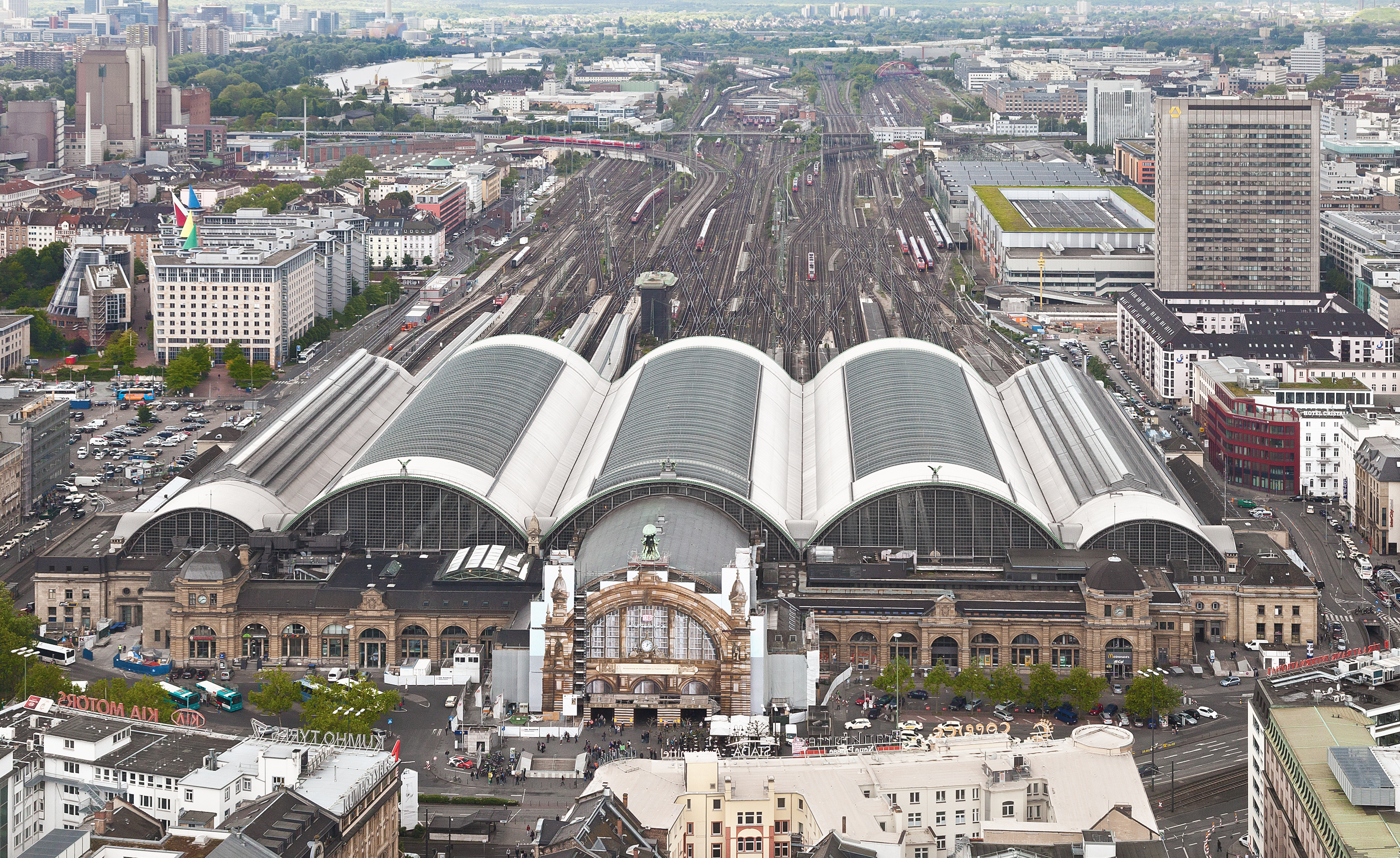|
Düsseldorf-Hellerhof Station
Düsseldorf-Hellerhof is a railway station situated at Hellerhof, Düsseldorf in western Germany. It is classified by Deutsche Bahn as a category 5 station. It is served by line S6 of the Rhine-Ruhr S-Bahn The Rhine-Ruhr S-Bahn () is a polycentric S-bahn network covering the Rhine-Ruhr Metropolitan Region in the German federated state of North Rhine-Westphalia. This includes most of the Ruhr (and cities such as Dortmund, Duisburg and Essen), the B ... at 20-minute intervals. References Railway stations in Düsseldorf Railway stations in Germany opened in 1982 Rhine-Ruhr S-Bahn stations S6 (Rhine-Ruhr S-Bahn) S68 (Rhine-Ruhr S-Bahn) 1982 establishments in West Germany {{NorthRhineWestphalia-railstation-stub de:Hellerhof (Düsseldorf)#S-Bahn-Haltepunkt ... [...More Info...] [...Related Items...] OR: [Wikipedia] [Google] [Baidu] |
Düsseldorf-Hellerhof
Hellerhof is a quarter of the city of Düsseldorf, part of Borough 10. Düsseldorf-Hellerhof is in the far southeast part of Düsseldorf. It connects Düsseldorf with the towns of Langenfeld and Monheim am Rhein. It is a young quarter, founded in the middle 1970s. It has an area of , and 5,737 inhabitants (2020). In contrast to its direct neighbour Garath, which consists mainly of projects, Hellerhof is socially in a far better social situation because there is much detached and semi-detached housing and only a few blocks of flats. The name comes from an old farm, the Hellerhof (Heller's farm). There is a commuter railway S-Bahn The S-Bahn ( , ), , is a hybrid urban rail, urban–suburban rail system serving a metropolitan region predominantly in German language, German-speaking countries. Some of the larger S-Bahn systems provide service similar to rapid transit syst ... station and one bus line connecting Hellerhof with the rest of Düsseldorf. References ... [...More Info...] [...Related Items...] OR: [Wikipedia] [Google] [Baidu] |
North Rhine-Westphalia
North Rhine-Westphalia or North-Rhine/Westphalia, commonly shortened to NRW, is a States of Germany, state () in Old states of Germany, Western Germany. With more than 18 million inhabitants, it is the List of German states by population, most populous state in Germany. Apart from the city-states (Berlin, Hamburg and Bremen), it is also the List of German states by population density, most densely populated state in Germany. Covering an area of , it is the List of German states by area, fourth-largest German state by size. North Rhine-Westphalia features 30 of the 81 German municipalities with over 100,000 inhabitants, including Cologne (over 1 million), the state capital Düsseldorf (630,000), Dortmund and Essen (about 590,000 inhabitants each) and other cities predominantly located in the Rhine-Ruhr metropolitan area, the largest urban area in Germany and the fourth-largest on the European continent. The location of the Rhine-Ruhr at the heart of the European Blue Banana make ... [...More Info...] [...Related Items...] OR: [Wikipedia] [Google] [Baidu] |
Cologne–Duisburg Railway
The 64 km long Cologne–Duisburg railway is one of the most important lines in Germany. It is the main axis for long distance and urban passenger rail services between Cologne and the Ruhr, served by Intercity Express, Intercity, Regional Express, regionalbahn and S-Bahn trains. It was the first section built of the Cologne-Minden trunk line and is one of the oldest railways in Germany. It was opened in 1845/46 and has been repeatedly modernized and expanded. Today the route (partly blended with lines of other former railway companies) comprises two or three double lines and is electrified throughout. History On 18 December 1843, the Prussian government granted a concession to the Cologne-Minden Railway Company (German, old spelling: ''Cöln-Mindener Eisenbahn-Gesellschaft'', CME) for the line, which began at what was then the CME station in Deutz (now a suburb of Cologne) with the construction of the first section to Düsseldorf, which was opened on 20 December 1845. ... [...More Info...] [...Related Items...] OR: [Wikipedia] [Google] [Baidu] |
Verkehrsverbund Rhein-Ruhr
The Verkehrsverbund Rhein-Ruhr (), abbreviated VRR, is a public transport association (Verkehrsverbund) in the Germany, German state of North Rhine-Westphalia. It covers large parts of the Ruhr, Ruhr area, the Lower Rhine region including Düsseldorf and the Rhine-Ruhr conurbation. It was founded on , and is Europe’s largest public Transport association, covering an area of some with more than 8.1 million inhabitants, spanning as far as Dorsten in the north, Dortmund in the east, Langenfeld (Rhineland), Langenfeld in the south, and the Netherlands, Dutch border in the west and northwest. Structure and responsibilities The VRR is tasked with coordinating public transport in its area. This means the following: * setting and developing the fare system (VRR tariff) ** redistributing ticket revenue onto the transport companies * coordinating local train services (''Schienenpersonennahverkehr'', SPNV) within its area as Public service obligation, public service obligations (PSO) ... [...More Info...] [...Related Items...] OR: [Wikipedia] [Google] [Baidu] |
Verkehrsverbund Rhein-Sieg
The Verkehrsverbund Rhein-Sieg (VRS), in English ''Rhine-Sieg Transport Association'', is the public transport association covering the area of the Cologne/Bonn Region, North Rhine-Westphalia, Germany. Besides ''Aachener Verkehrsverbund'' (''AVV''), VRS belongs to the special purpose association ''go.Rheinland''. It was founded on 1 September 1987, and covers an area of some with around 3.5 million inhabitants. For the year 2019, 556 million passengers were carried through the network of VRS. Verkehrsverbund Rhein-Sieg is named after the rivers Rhine The Rhine ( ) is one of the List of rivers of Europe, major rivers in Europe. The river begins in the Swiss canton of Graubünden in the southeastern Swiss Alps. It forms part of the Swiss-Liechtenstein border, then part of the Austria–Swit ... (Rhein) and Sieg. Associated transport companies The following transport companies operate within the area of Verkehrsverbund Rhein-Sieg: cities and district towns in the VRS ... [...More Info...] [...Related Items...] OR: [Wikipedia] [Google] [Baidu] |
Düsseldorf
Düsseldorf is the capital city of North Rhine-Westphalia, the most populous state of Germany. It is the second-largest city in the state after Cologne and the List of cities in Germany with more than 100,000 inhabitants, seventh-largest city in Germany, with a 2022 population of 629,047. The Düssel, from which the city and the borough of Düsseltal take their name, divides into four separate branches within the city, each with its own mouth into the Rhine (Lower Rhine). Most of Düsseldorf lies on the right bank of the Rhine, and the city has grown together with Neuss, Ratingen, Meerbusch, Erkrath and Monheim am Rhein. Düsseldorf is the central city of the metropolitan region Rhine-Ruhr, the List of EU metropolitan regions by GDP#2021 ranking of top four German metropolitan regions, second biggest metropolitan region by GDP in the European Union, that stretches from Bonn via Cologne and Düsseldorf to the Ruhr (from Duisburg via Essen to Dortmund). The ''-dorf'' suffix mea ... [...More Info...] [...Related Items...] OR: [Wikipedia] [Google] [Baidu] |
Deutsche Bahn
(, ; abbreviated as DB or DB AG ) is the national railway company of Germany, and a state-owned enterprise under the control of the German government. Headquartered in the Bahntower in Berlin, it is a joint-stock company ( AG). DB was founded after the merger between Deutsche Bundesbahn and the East German Deutsche Reichsbahn in 1994 after the unification of Germany and has been operating ever since. is the second-largest transport company in Germany, after the German postal and logistics company / DHL. DB provides both long-distance and regional transport, serving around 132 million long distance passengers and 1.6 billion regional passengers in 2022. In 2022, DB transported 222 million tons of cargo. Company profile The group is divided into several companies, including '' DB Fernverkehr'' (long-distance passenger), '' DB Regio'' (local passenger services) and '' DB Cargo'' (rail freight). The Group subsidiary '' DB InfraGO'' also operates large parts of the German ... [...More Info...] [...Related Items...] OR: [Wikipedia] [Google] [Baidu] |
German Railway Station Categories
The approximately 5,400 railway stations in Germany that are owned and operated by the subsidiary DB InfraGO are divided into seven categories, denoting the service level available at the station. This categorisation influences the amount of money railway companies need to pay to DB Station&Service for using the facilities at the stations. Categories Category 1 The 21 stations in Category 1 are considered traffic hubs. They are permanently staffed and carry all sorts of railway-related facilities, as well as usually featuring a shopping mall in the station. Many are the main station ( or ''Hbf'') of larger cities. However, some are located in smaller cities, such as Karlsruhe Hauptbahnhof, and are regarded as important because they are at the junction of important railway lines. Berlin, Hamburg, Munich and Cologne, the four biggest cities in Germany, have more than one Category 1 station. Included in this category are the following stations: *Berlin-Gesundbrunnen stati ... [...More Info...] [...Related Items...] OR: [Wikipedia] [Google] [Baidu] |
S6 (Rhine-Ruhr S-Bahn)
Line S 6 is a S-Bahn line in the Rhein-Ruhr network. It calls, among others, at the cities of Essen, Düsseldorf and Cologne and was the first S-Bahn line in the Rhine-Ruhr network, becoming operational on 28 September 1967 between Ratingen Ost and Düsseldorf-Garath Garath () is a suburb of Düsseldorf, Germany, south of the city centre and part of Borough 10 (Düsseldorf), Borough 10. It has an area of , and 19,048 inhabitants (2020). Geography Garath adjoins the Düsseldorf suburbs of Düsseldorf-Urde .... It is operated at 20-minute intervals using coupled sets of class 422 four-car electrical multiple units. Line S 6 runs over lines built by various railway companies: * from Essen Hauptbahnhof to Essen-Werden over the Essen-Werden–Essen railway, opened by the Bergisch-Märkische Railway Company in 1877, * from Essen-Werden to Düsseldorf Hauptbahnhof over the Ruhr Valley Railway, opened by the Bergisch-Märkische Railway Company in 1872 and 1874, * from Düssel ... [...More Info...] [...Related Items...] OR: [Wikipedia] [Google] [Baidu] |
Rhine-Ruhr S-Bahn
The Rhine-Ruhr S-Bahn () is a polycentric S-bahn network covering the Rhine-Ruhr Metropolitan Region in the German federated state of North Rhine-Westphalia. This includes most of the Ruhr (and cities such as Dortmund, Duisburg and Essen), the Berg cities of Wuppertal and Solingen and parts of the Rhineland (with cities such as Cologne and Düsseldorf). The easternmost city within the S-Bahn Rhine-Ruhr network is Unna, the westernmost city served is Mönchengladbach. The S-Bahn operates in the areas of the Verkehrsverbund Rhein-Ruhr and Verkehrsverbund Rhein-Sieg tariff associations, touching areas of the Aachener Verkehrsverbund (AVV) at Düren and Westfalentarif at Unna. The network was established in 1967 with a line connecting Ratingen Ost to Düsseldorf-Garath. The system consists of 16 lines. With a system length of , it is the second-largest S-Bahn network in Germany, behind ''S-Bahn Mitteldeutschland''. Most of them are operated by DB Regio NRW, while line S28 is op ... [...More Info...] [...Related Items...] OR: [Wikipedia] [Google] [Baidu] |
Railway Stations In Düsseldorf
Rail transport (also known as train transport) is a means of transport using wheeled vehicles running in railway track, tracks, which usually consist of two parallel steel railway track, rails. Rail transport is one of the two primary means of land transport, next to road transport. It is used for about 8% of passenger and rail freight transport, freight transport globally, thanks to its Energy efficiency in transport, energy efficiency and potentially high-speed rail, high speed.Rolling stock on rails generally encounters lower friction, frictional resistance than rubber-tyred road vehicles, allowing rail cars to be coupled into longer trains. Power is usually provided by Diesel locomotive, diesel or Electric locomotive, electric locomotives. While railway transport is capital intensity, capital-intensive and less flexible than road transport, it can carry heavy loads of passengers and cargo with greater energy efficiency and safety. Precursors of railways driven by human or an ... [...More Info...] [...Related Items...] OR: [Wikipedia] [Google] [Baidu] |



